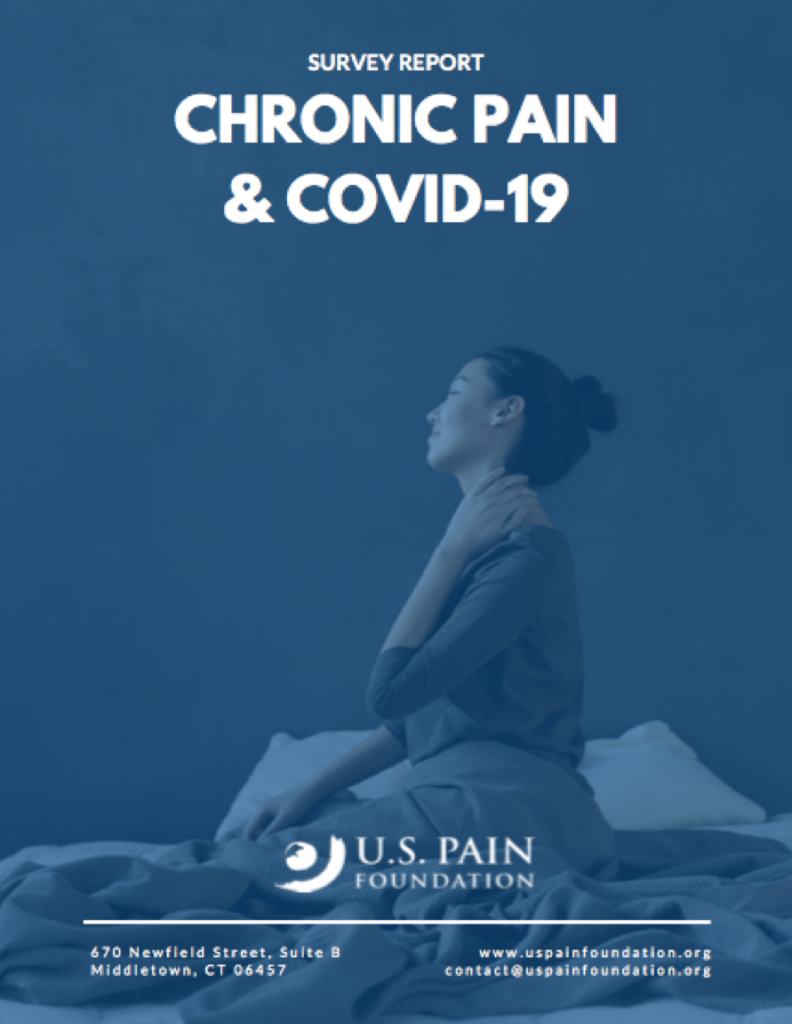
MIDDLETOWN, CONN., APRIL, 16, 2020 – Without adequate telehealth, individuals with chronic health issues face a difficult choice: receive in-person care and put themselves at risk of COVID-19, or deal with increased symptoms and worsening health. This and other findings are part of a report released today by the U.S. Pain Foundation, the largest nonprofit for the 50 millions Americans who live with chronic pain.
The organization surveyed 664 individuals about how COVID-19 has impacted their health. Three-quarters (77.4%) of respondents reported facing barriers to treatment, and more than half (63.8%) said they were experiencing increased pain. The majority, 69.7%, said they consider themselves to be at high risk for serious COVID-19.
“Because of their risk factors, this population of patients must limit contact,” says interim CEO Nicole Hemmenway. “But they also live with painful conditions that require consistent medical care in order for them to function. It’s a terrible catch-22.”
Although telehealth is a feasible substitute for some in-person appointments, the survey results suggest a lack of communication about how telehealth works—and how much it costs. A quarter of respondents (25.3%) said they had not been informed by anyone of their telehealth options, and more than half (56.1%) said they did not understand their insurer’s telehealth coverage policies.
[su_pullquote align=”right”]Download an infographic highlighting survey results.[/su_pullquote]
Another alarming finding was that some pain clinics continue to stay open and require in-person appointments: 13.6% said their appointment can be done over telehealth, but their clinician doesn’t offer it, and 10.2% of respondents said their clinician would not fill medications over telehealth.
“This is problematic given that many people living with chronic pain have comorbidities that put them in a high-risk category,” says Cindy Steinberg, U.S. Pain’s National Director of Policy and Advocacy. “The Drug Enforcement Administration issued an emergency ruling allowing controlled substances to be refilled via telehealth.”
In general, the data indicate not enough is being done to help limit patients’ need to leave home. One-quarter (25.1%) of respondents said despite the special circumstances, their insurer would not cover more than a 30-day supply of medication, and 17.3% said their insurer would not fill a medication early.
“The survey results point to ample opportunities for all of us—patient groups, health care providers, insurers, and policymakers—to come together to better serve people with pain,” says Hemmenway.
To learn about the results and download the full report, visit uspainfoundation.org/covid19/survey. U.S. Pain is also running an action campaign to urge policymakers to ensure better access to telehealth.
